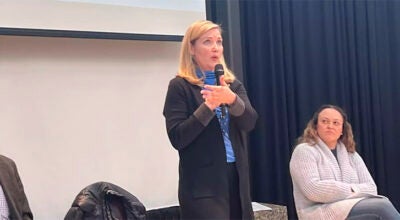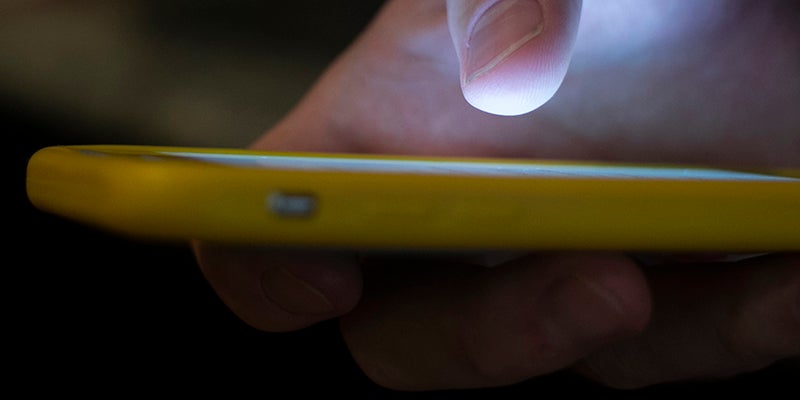Walk-in clinics for opioid addiction offer meds first, fast
Published 4:33 am Thursday, December 19, 2019
OLYMPIA, Wash. — Every time she got out of jail, Jamie Cline started hustling again for heroin, driven by an addiction she didn’t understand.
“You want to get clean so bad. You know something’s killing you and you can’t stop,” said the 33-year-old who used heroin for 10 years.
This spring was different. While in a jail work-release program, she took a medication called buprenorphine. It quieted a voice in her brain that told her to keep using.
When she got out of jail, she headed for an Olympia clinic where a doctor is working to spread a philosophy called “medication first.” The surprising approach scraps requirements for counseling, abstinence or even a commitment to recovery.
Instead, it starts with fast access to prescribed medicine that prevents withdrawal sickness. After patients start feeling better, they choose their next steps.
In St. Louis, Seattle and San Francisco, people with opioid addictions can start medication on their first day of treatment. Early research suggests the approach can change lives. But it will be a tough sell elsewhere: Nearly two-thirds of U.S. treatment centers don’t offer anti-addiction drugs and there’s resistance to easy access.
Within two weeks of walking into the Olympia clinic, Cline had a job at a millwork shop. Now, nine months later, she has received a promotion and a raise, rebuilt relationships, found a room in a sober house and is proud to display a chain of “Clean & Serene” key fobs she earned from Narcotics Anonymous. She takes buprenorphine twice daily.
“I’ve got my life back,” she said.
The opioid crisis now kills more Americans than car crashes and is estimated to cost more than $500 billion a year. The epidemic is driving new treatment strategies for the 2 million Americans addicted to opioids.
Bupe, as it’s known, isn’t new. Approved to treat opioid addiction in 2002, it blocks the effect of other opioids and eases withdrawal. It’s an opioid, but an imperfect fit for the brain’s receptors, so its effect is mild and it doesn’t cause a high. It also lowers the danger of overdose and raises the likelihood a person will stay in treatment.
But finding a prescriber without a waiting list is difficult. Guidelines say bupe should be used alongside counseling, which some doctors don’t feel equipped to provide.
Success stories have convinced some experts that buprenorphine should be available in homeless camps, syringe exchanges and anywhere people use drugs.
“This is an obvious thing to do,” said University of Washington researcher Caleb Banta-Green.




